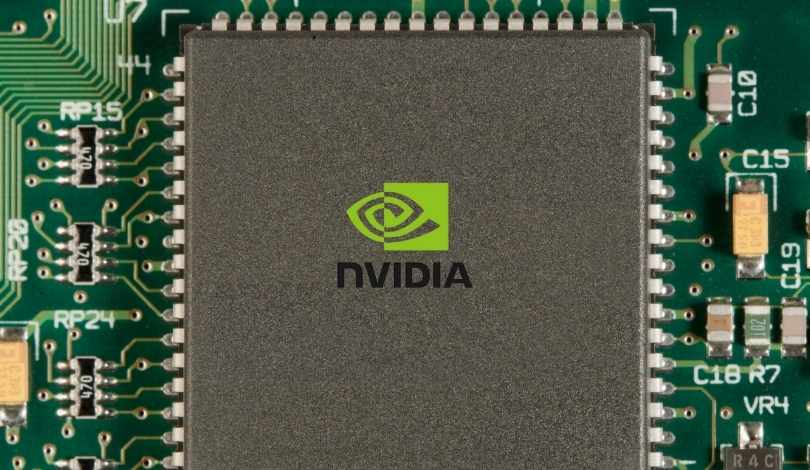Nvidia is reportedly moving to reduce the prices of its RTX 5000 series graphics cards this month. While these top-end GPUs have been in high demand from PC gaming enthusiasts and professional users alike, market trends and fresh developments from rival manufacturers such as AMD have set the stage for a fresh pricing strategy. Retailers are preparing for new shipment schedules and marketing approaches as a result, with many anticipating changes in customer demand patterns. Some industry observers anticipate a ripple effect across the graphics market, potentially affecting other manufacturers and second-hand GPU pricing.
Earlier product launches, specifically the GeForce RTX 5090 and RTX 5080, have been met with critiques concerning price-to-performance ratios when compared to AMD’s offerings. While Nvidia has historically dominated the high-end GPU sector, previous attempts at price cuts focused more on mid-tier models. This new approach marks a deviation from Nvidia’s established strategy, signaling a possible response to slower sales growth and increased competition from AMD’s Radeon RX series and resurgent Intel Arc products.
What’s Prompting Nvidia’s GPU Price Reductions?
A combination of increased manufacturing supply, economic pressure on discretionary spending, and mounting rivalry from AMD has influenced Nvidia’s decision. The company states,
“Market dynamics constantly evolve and our priority is to offer value to our customers,”
reflecting its response to external pressures rather than internal product revisions. Additionally, recent fluctuations in cryptocurrency mining demand have left more GPUs available in retail channels.
How Will This Affect Consumers and Retailers?
Consumers are likely to benefit from greater affordability in premium graphics cards, potentially making high-end gaming and professional computing more accessible. Retailers anticipate an uptick in sales volumes but remain cautious about inventory planning as price corrections could also impact used GPU markets. Nvidia indicates,
“We aim to ensure wider accessibility to advanced computing through our RTX 5000 series,”
hinting at a focus on expanding its customer base rather than only maximizing profit margins per unit.
How Are Competitors Responding to Nvidia’s New Pricing?
AMD is expected to monitor Nvidia’s pricing closely, possibly adjusting Radeon RX series pricing to maintain competitiveness. Intel, while still growing its footprint in the discrete GPU segment, may see opportunities for increased engagement as buyers reassess options. The overall landscape could see a period of aggressive promotions, faster product refresh cycles, and shifting brand loyalties among customers seeking performance and value.
Adjustments to Nvidia’s high-end graphics card prices mirror broader shifts in industry competition, cost structure, and consumer priorities. Some previous reports highlighted limited price movement in flagship Nvidia models, focusing mainly on periodic sales or regional discounts, rather than a sustained global reduction. Competitive pricing is now becoming a central theme, suggesting a maturing market where value for money holds more sway than ever. Readers considering an upgrade can expect a favorable environment ahead, marked by strategic product launches and more frequent promotions from leading brands. In the near term, buyers may find it worthwhile to monitor both official price cuts and parallel developments from AMD and Intel, as these could translate to better deals or enhanced hardware for similar investments. Tracking retailers’ bundled offers and used market trends will help maximize purchasing power as the GPU marketplace adapts to fresh pricing strategies and emerging technologies.










